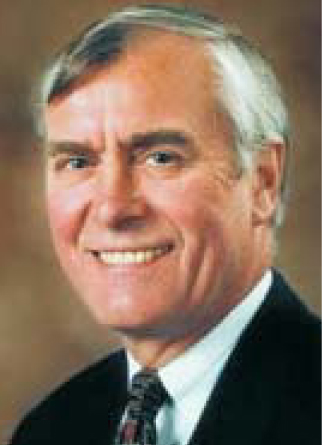Canada abolishes science adviser post
DOI: 10.1063/1.2897945
Just four years after creating the position of national science adviser, Canada is scrapping it at the end of this month.
Created by a Liberal government in 2004 (see Physics Today,
In a 1 February statement, Michèle Demers, president of the Professional Institute of the Public Service of Canada, a body that represents 55 000 scientists and other professionals, describes the scrapping of the science adviser post as “deeply disturbing” and calls for the government to reverse the decision. High-energy physicist Pekka Sinervo, the University of Toronto’s dean of arts and sciences, notes that the government did not take advantage of Carty’s advice, so “it’s very difficult to tell whether [the post] was going to be effective long term.” But in abolishing it, he adds, “we’re not making steps forward.”
Carty’s achievements as science adviser included securing funds for international science and technology collaborations with developing countries; helping to create the Council of Canadian Academies, akin to the US National Academies; and developing a framework—which was not put in place—for managing and funding the country’s large science facilities.
The Canadian government says it will now get advice on science and technology policy from the new 18-member Science, Technology and Innovation Council. “We are expected to be nimble. Issues will be handled on anything from a two-week basis to a one-year basis,” says STIC chair Howard Alper, a University of Ottawa chemist. Alper declined to compare the roles and potential influence of his committee with those of the science adviser. But, he says, the council is made up of “leaders of different sectors of industry, presidents of universities, leading researchers, and three deputy ministers. If you populate your council with outstanding individuals, you have an excellent prospect of contributing to decision making.”
“We have yet to see anything come out of the [STIC],” says Sinervo. “The government feels it aligns better with their strategy of bringing better coherence to science and innovation.” Lately, says Nigel Lockyer, director of TRIUMF, Canada’s national laboratory for particle and nuclear physics, the government has emphasized commercialization, and new science facilities have had to “fight over crumbs” for operating funds.
“Maybe the committee [STIC] will be a good thing,” Lockyer adds. “But you’d still like someone to sit with the prime minister and drink a cup of coffee a couple of times a week.”

Cartu

More about the Authors
Toni Feder. tfeder@aip.org
